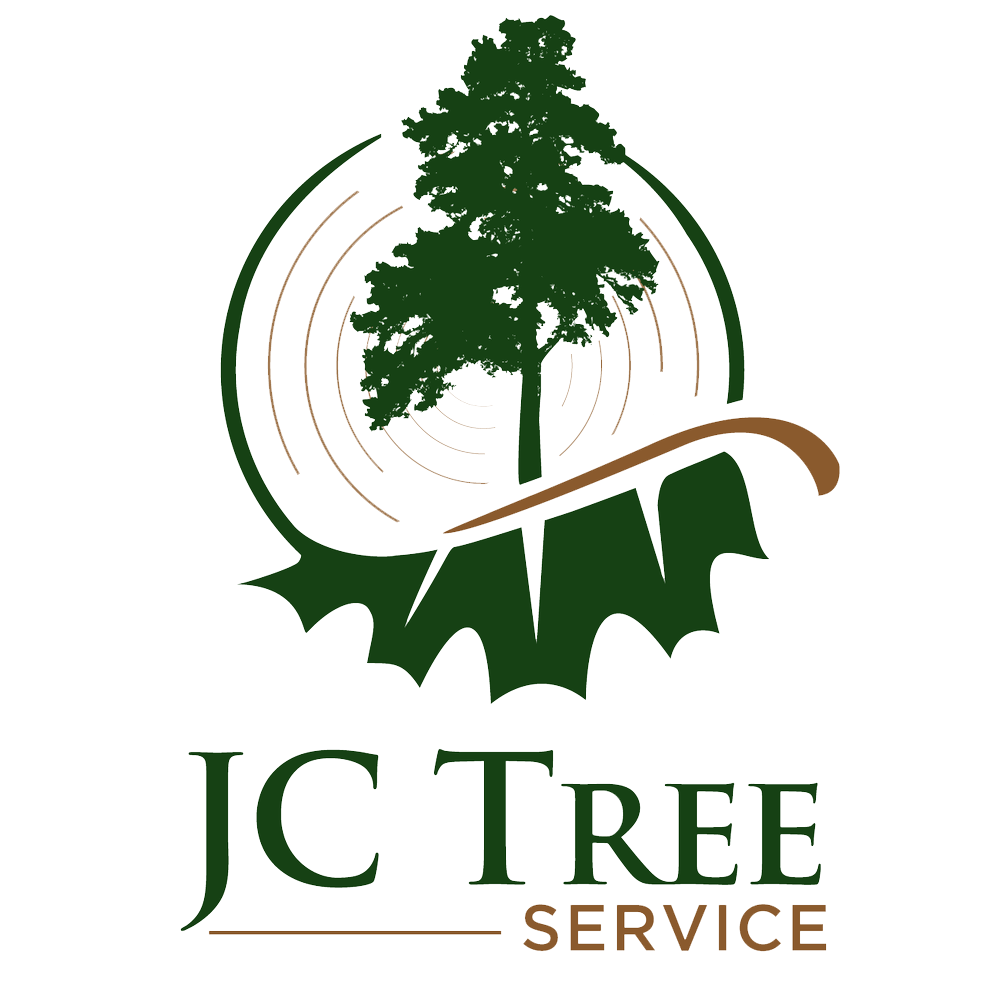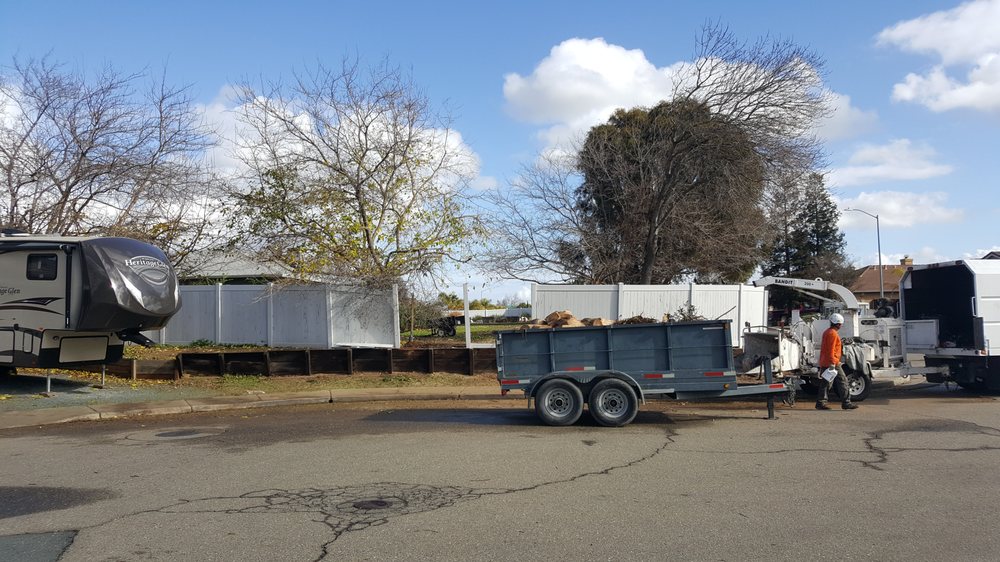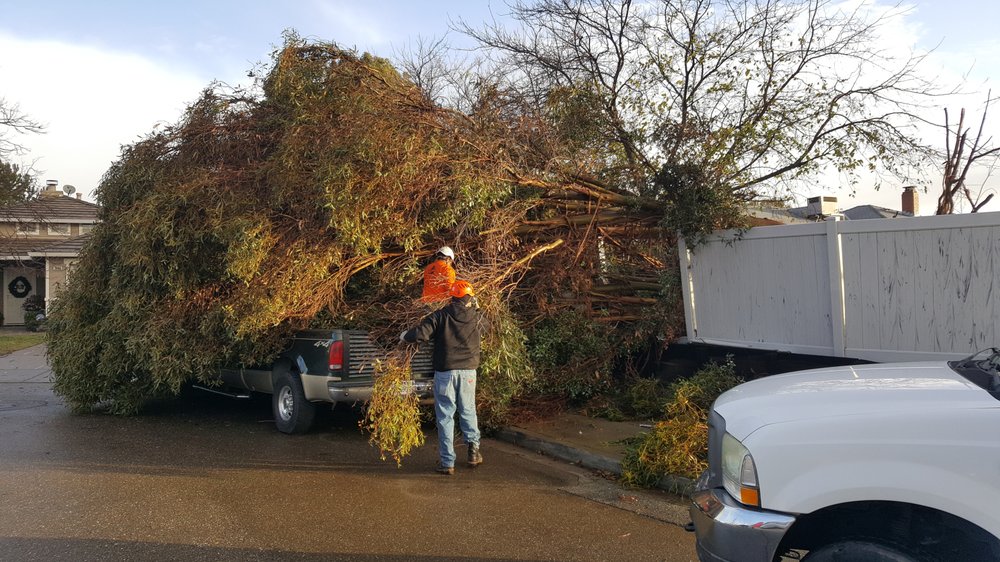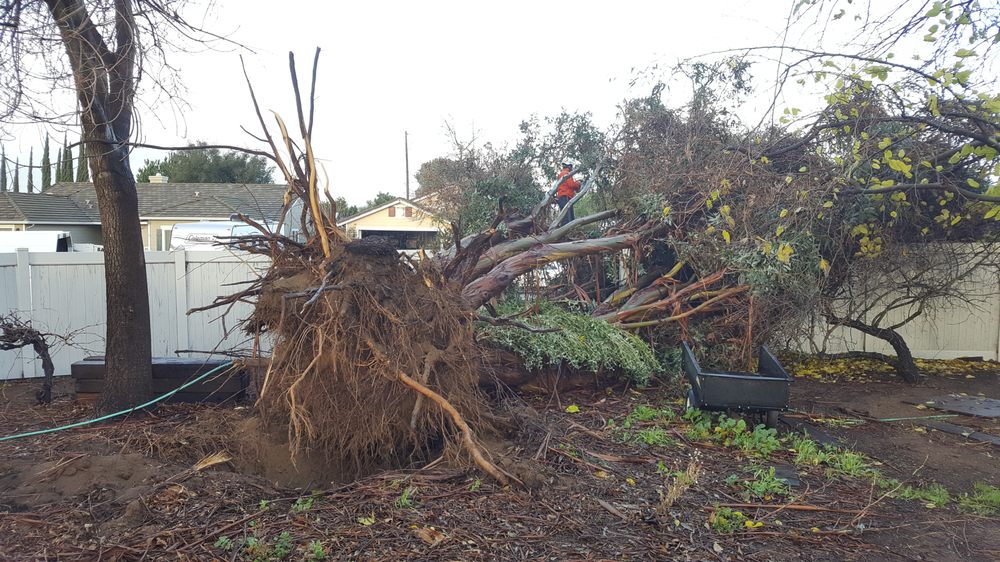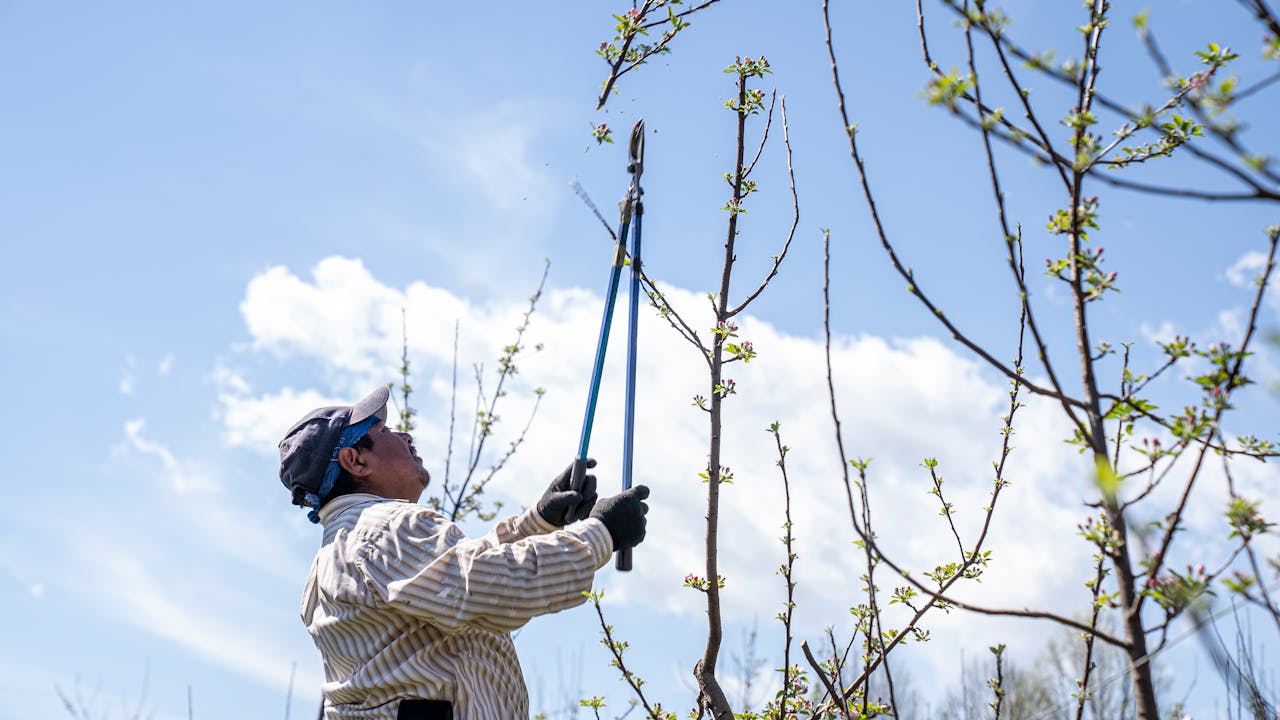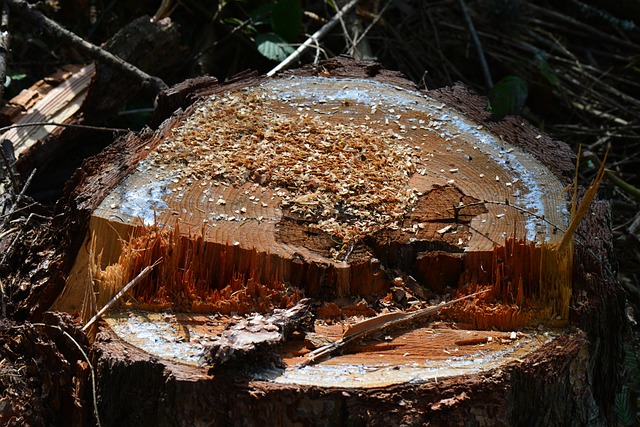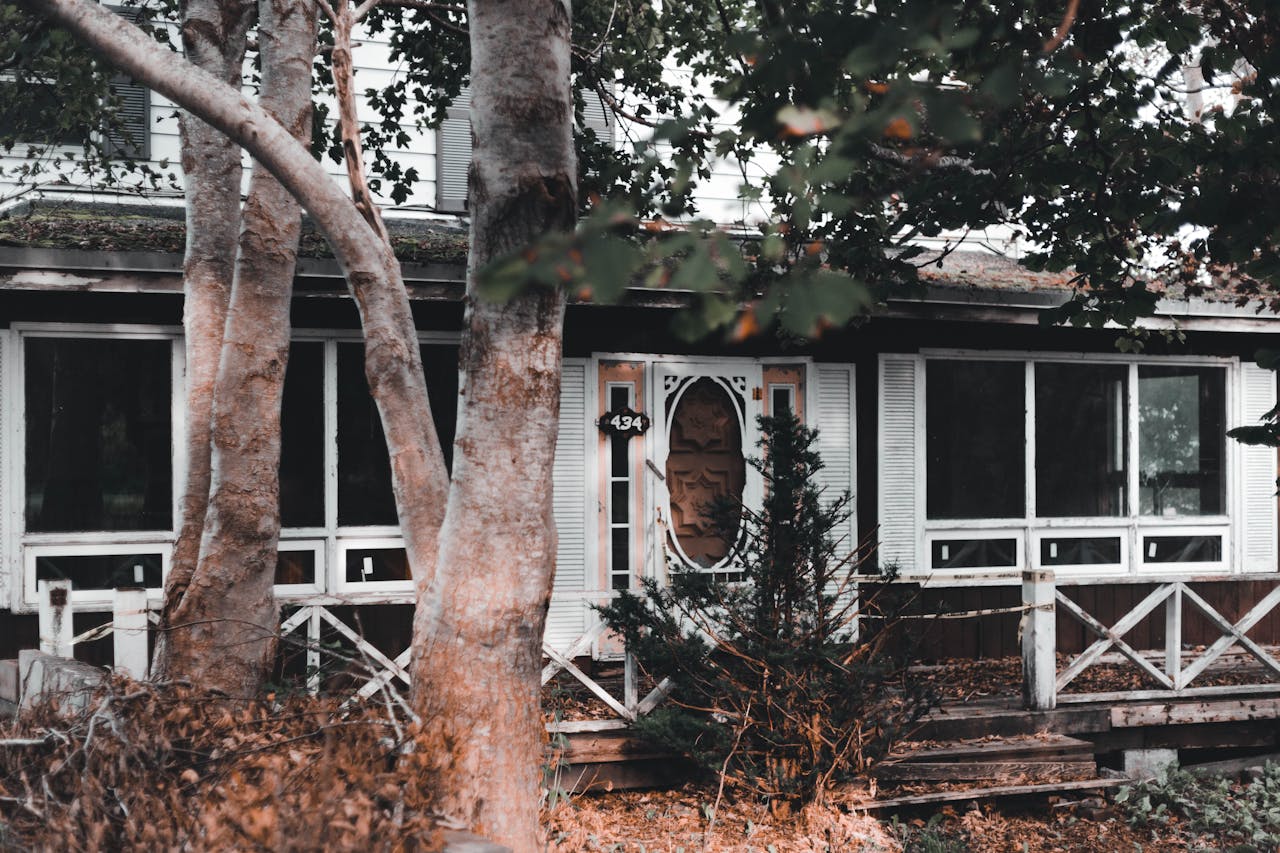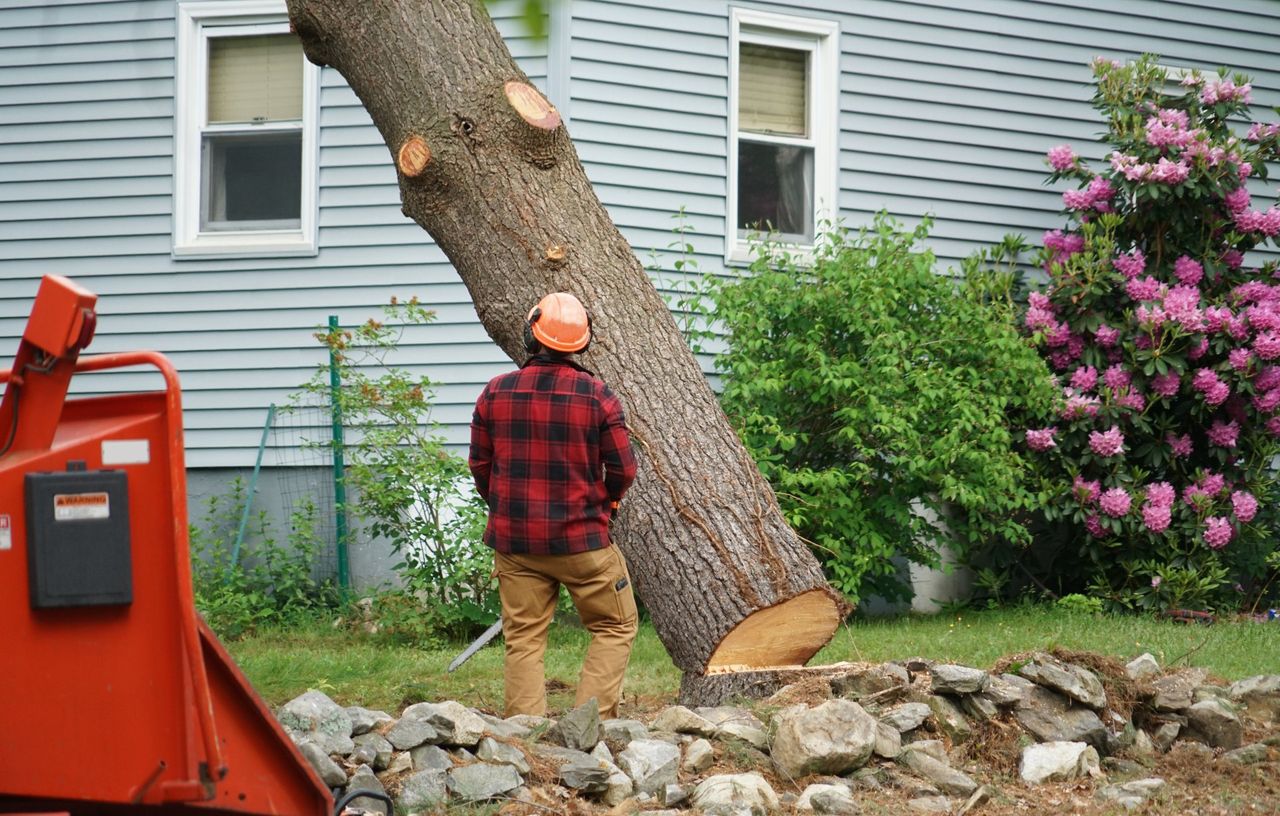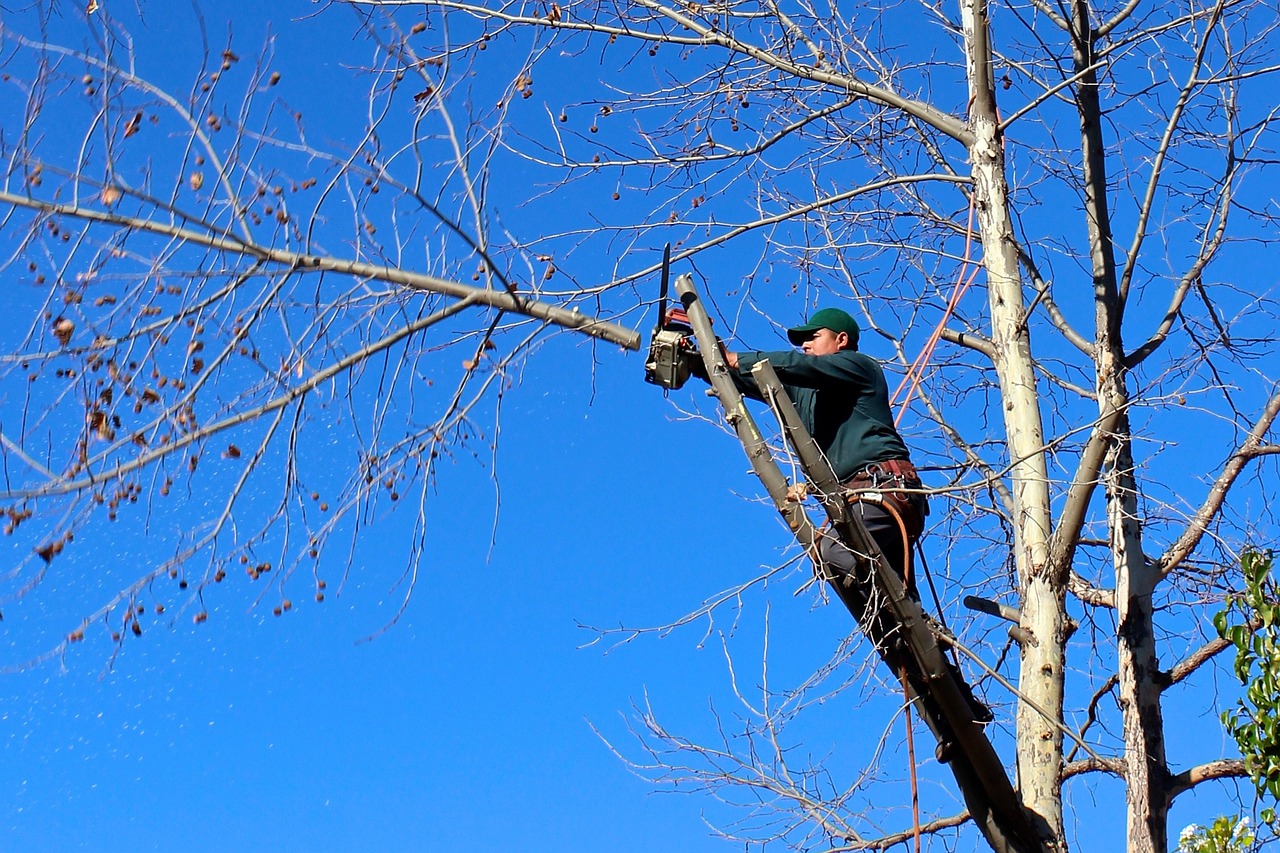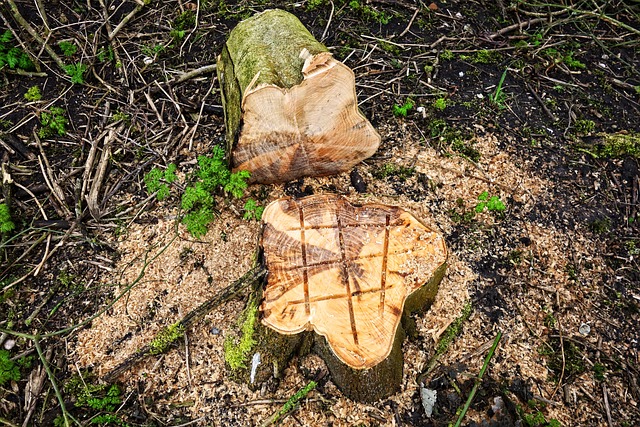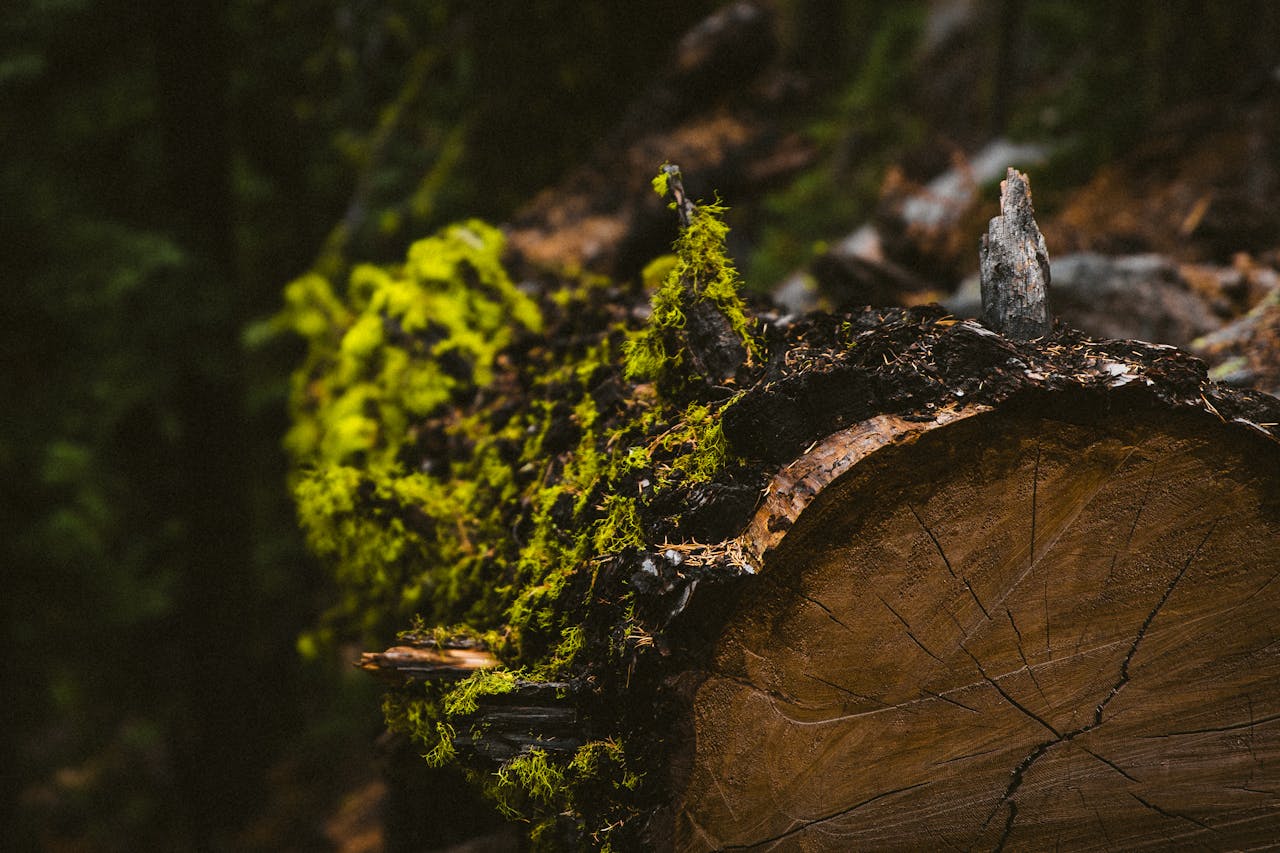Key Takeaways
- Minimize susceptibility. Select trees based on disease resistance. Choose native or climate-adapted species that are well-suited to your local soils and climate. This ensures fewer infections and lowers future upkeep costs.
- Whatever trees you have or decide to get, keep an eye out for early signs of disease, including discoloration, wilting, or other abnormal growth patterns. Quick action allows you to stop the spread and do less damage.
- Restore soil health by soil testing, addressing drainage issues, and amending soil where needed. Healthy soil improves the tree’s ability to resist disease.
- Watch out for species that are particularly susceptible, including weeping willows, cottonwoods and silver maples. Be proactive and choose disease-resistant alternatives to avoid planting susceptible trees.
- Develop a long-term care plan that focuses on preventive maintenance methods such as adequate watering, mulching, and appropriate pruning techniques. Regular pruning helps ensure that trees remain healthy, vigorous, and less likely to contract or spread disease.
- Contact certified arborists to get expert guidance anytime you encounter diseased trees. They may be able to recommend better treatment options, or guide you through safe tree removal should it come to that.
Said another way, species like American elms and ash trees are more susceptible to diseases. This vulnerability comes from their inherent poor pest resistance and sensitivity to environmental shifts.
Species like dogwood and oaks are highly susceptible, especially in locations with bad drainage or high humidity. Pick the right trees for your yard by focusing on disease-resistant trees.
Be sure to consider your climate, the type of soil you have, and how much maintenance you want to do! Native species have adapted to local conditions over thousands of years, making it less likely that they’ll succumb to widespread disease.
With well-adapted, medium-maintenance trees, you can have a lovely, vibrant yard that takes care of itself and inspires your neighbors. In this guide, we’ll explore common disease-prone trees and share tips for picking the best options to ensure a vibrant, long-lasting landscape.
Disease-Prone Trees: The Usual Suspects
Deciding what trees to plant in your landscape or yard should involve more than how pretty they look. When it comes to urban and environmental conditions, some species are simply more vulnerable to diseases, which can significantly cut their health and longevity. Knowing the most susceptible tree species will help you identify them and make better decisions, saving you from expensive mistakes.
Read below as we tackle frequent disease-prone trees and their specific issues.
Weeping Willow Concerns
Weeping willows are prone to a litany of diseases, including crown gall and black canker. These diseases are encouraged in soils that are too wet, particularly in low or badly drained locations.
Though extremely beautiful, willows require much care and maintenance and display signs of stress, such as yellowing leaves or dieback. A full-grown, diseased willow may lose all of its natural beauty, transforming a stunning focal point into an unsightly blemish on your landscape.
Cottonwood’s Seed Problems
Cottonwoods release huge numbers of seeds that draw in pest species, such as aphids. In addition, they act as a host for diseases like the fungal leaf spot.
In harsh urban areas, these problems can proliferate rapidly, rendering cottonwoods impractical. Instead, choose tough, climate-smart species for your landscape, like red maples or oaks.
Silver Maple’s Hidden Issues
Among other disease issues, Silver maples are unusually susceptible to tar spots and root rot. Additionally, their brittle wood makes them more prone to decay.
Frequent inspection for hollowing limbs or weak branches is very important. Though they grow quickly, silver maples are not well-regarded as structurally sound trees for residential landscapes.
Bradford Pear’s Drawbacks
Fire blight and leaf spot often plague the Bradford pear. This is because their rapid spread chokes out native plants and severely impacts native ecosystems.
For ornamental purposes, use dogwoods or serviceberries in their place.
Ginkgo’s Scent Consideration
Additionally, female ginkgo trees produce stinky fruit, which diminishes their appeal. Male cultivars take this problem out of the equation while providing tough, resilient, disease-resistant trees.
White Ash’s Vulnerabilities
Emerald ash borers — destructive, invasive beetles — are a critical threat, killing hundreds of millions of white ash trees. To be clear, their ecosystem role is irreplaceable, but planting more resilient species such as hackberry or black gum will provide more long-term benefits.
Mimosa Tree Challenges
For example, mimosas are threatened by wilt disease and are invasive in some areas. They require frequent structural pruning and constant vigilance for pests.
They double the tree maintenance burden.
White Mulberry’s Invasive Nature
This plant invader has a distinct impact on local flora and is often unhealthy due to susceptibility to root rot. Native trees such as red mulberries or flowering dogwoods are easier to maintain and are more attractive landscaping options.
Identifying Common Tree Diseases
Being able to identify common tree diseases is a key part of having a beautiful, green yard. Many diseases are capable of damaging or killing trees, and many are host-specific. To keep your trees safe, it’s important to identify symptoms as early as possible and take appropriate preventive actions.
Recognizing Fungal Infections
Invasive fungal infections are one of the most common tree diseases. Signs of infection are often seen in discolored leaves, like cankers on branches, and visible fungal growth such as mushrooms or powdery residue.
For example, oak trees can be affected by the disease oak wilt, leading to wilting and browning of foliage. Fungal diseases are most prevalent in warm, humid environments or places with inadequate drainage.
Only pruning the affected area and treatment with fungicides are possible. To stop fungal development make sure there is good airflow, don’t overwater, and plant tree types that are immune to diseases.
- Maintain proper spacing between trees.
- Remove fallen leaves and debris regularly.
- Improve soil drainage to reduce moisture buildup.
Spotting Bacterial Infections
Bacterial diseases like fire blight on apple or pear trees can lead to blackened, scorched-looking branches. Transmission happens through insect vectors, rain splash, or contaminated pruning equipment.
These infections severely weaken trees, stunting their growth and ability to produce fruit. Management strategies consist of rapidly removing infected portions, sterilizing tools, and not overhead watering.
- Use antibacterial sprays as needed.
- Monitor for insect activity to prevent spread.
- Choose resistant tree varieties for planting.
Understanding Viral Diseases
Viral infections, such as mosaic virus, cause mottled or twisted leaves. Unlike fungi or bacteria, viruses cannot be treated directly, so prevention is key.
Planting resistant tree varieties, such as certain species of elm, acacia, and as, can lessen the damage.
- Inspect new trees for symptoms before planting.
- Control pests to prevent virus transmission.
- Avoid planting susceptible species in affected areas.
Diagnosing Pest-Related Issues
Even pests like aphids or borers can introduce diseases while they are feeding. Check for holes in the bark, sap oozing, or leaf droppage.
Sustainable pest control practices might involve releasing natural predators or applying insecticides more selectively.
- Keep trees healthy through proper watering and fertilization.
- Examine the bark and leaves often to catch pests in their initial stages.
- Use tree wraps or barriers to deter insects.
Choosing Disease-Resistant Trees
Selecting the best tree for your landscape is about more than aesthetics. Focusing on disease resistance ensures a longer lifespan, less maintenance, and a thriving landscape overall. Always consider resilience, native adaptability, and suitability to future climates in your selection.
This application-based approach ensures it is appropriate to your context, protecting your investment while avoiding problems down the line.
Characteristics Of Resilient Trees
Generally, resilient trees have certain characteristics in common that allow them to avoid or withstand the impact of diseases. Healthy attributes, strong root systems, for instance, allow trees to absorb nutrients better and withstand more stress, directly supporting health.
Healthy growth characteristics, such as good branch balance and an eventual pyramidal shape, make the tree more successful in the long run. These practices help avoid overcrowding and unnecessary structural weakness.
Species such as the Ginkgo, Kousa Dogwood, and Bald Cypress are especially noted for their hardiness.
Native Species Advantages
Native trees offer extraordinary ecological benefits and demand minimal care or maintenance. They’re naturally adapted to local soil, pests, and weather, which gives them an added boost of disease resistance.
Eastern Redbud and Sugar Maple, for example, are perfect in much of the U.S. They provide beauty, adaptability, and durability.
Climate-Adapted Varieties
Strong, climate-appropriate trees are the key to creating an infrastructure that will be healthy for the long haul. Species such as Live Oak for the South or Colorado Blue Spruce for the upper, colder latitudes are adapted to their native environments.
These trees withstand local weather extremes more effectively, they experience less stress and are therefore less susceptible to disease.
Importance Of Tree Quality
The health of the tree stock is of the utmost importance. They’re less likely to come with diseases if you buy them from well-established nurseries.
Select trees with strong root systems, rich green leaves, and without bark damage.
- Kousa Dogwood, Bald Cypress, Ginkgo Biloba, Live Oak, and Sugar Maple.
Site Assessment And Preparation
Before planting trees, evaluating your yard’s conditions is crucial for long-term health and growth. A comprehensive site assessment helps you understand environmental factors, ensuring your trees thrive while minimizing susceptibility to diseases.
It involves analyzing soil, drainage, sunlight, and spacing to create an optimal environment for growth.
Analyze Soil Composition
Knowing what your soil is made of is the place to start. It describes the nutrient content and gives an overall score on things like texture. Testing reveals pH levels.
Healthy trees thrive in a balanced pH, usually between 6.0 and 7.5, depending on the species. Healthy soil full of nutrients helps plants develop deep roots and disease resistance.
Take sandy soil, for instance. Adding organic matter helps them hold on to moisture. Clay-heavy soils, on the other hand, thrive with aeration and compost.
- Soil concerns 1. Apply lime to increase the pH of acidic soils. 2. Add in sulfur to reduce alkalinity. 3. Incorporate organic matter like compost or mulch to provide landscape nutrients. 4. Add sand to lighten very heavy clay soil for better drainage.
Evaluate Drainage Conditions
At the very least, good drainage stops root rot in its tracks by preventing standing water. Gauging where water is flowing and pooling after heavy rainstorms.
Indicators of inadequate drainage are muddy soil and developing moss. Fixing these problems allows roots to access oxygen and nutrients.
- Remove soil or install French drains or trenches.
- Create planting beds by mounding the soil.
- Add gravel layers under the soil.
Consider Sunlight Exposure
Sunlight and shade needs differ among species. Fruit trees require full sun (6+ hours), but shade-tolerant species, such as red maple, can adjust to lower light conditions.
- Shade-Tolerant Options:
- Dogwood
- Eastern redbud
- American holly
Plan For Adequate Spacing
Adequate spacing avoids overcrowding, which can limit airflow and increase risk of disease. As an example, oaks may want 40–50 feet between mature trees, while some of the smaller species, such as birches, may need only 10–15 feet.
- Small trees: 10–15 feet apart.
- Medium trees: 20–30 feet apart.
- Large trees: 40–50 feet apart.
Proactive Tree Care Practices
Maintaining trees on your own property isn’t just about having a nice-looking yard. Beyond aesthetic property improvements, healthy trees are vital to a better climate, cleaner air, temperature mitigation and higher property values. To ensure trees are equipped to resist threats from diseases and pests, proactive care is necessary, starting with knowing the trees’ specific requirements.
Proper Watering Techniques
Watering wells are an essential practice for healthy trees. Proper deep watering and a mature root structure will help make sure trees can reach solid nutrients and moisture even when it’s dry. Water deeply and less frequently—try once or twice per week, depending on species and climate.
Overwatering can effectively drown your roots, while an under-watered tree will develop dry, brittle branches. Symptoms of overwatering, such as yellowing leaves and spongy soil, contrast with those of underwatering, where the plant wilts or develops crispy leaf margins.
Best practices for watering trees:
- Water early in the morning or late in the evening to minimize evaporation.
- Use a soaker hose to distribute water evenly.
- Dig 2-4 inches below the surface to check moisture levels.
Effective Mulching Strategies
Mulch reduces soil moisture loss and temperature fluctuation, in addition to suppressing weeds. Organic mulches, such as wood chips or shredded bark, decompose over time to enrich soil health, whereas inorganic mulches, such as gravel, require less maintenance but do not contribute nutrients.
Use textured organic mulch, applying it 2-4 inches thick but leaving 2 inches of space around the trunk to avoid damage to the tree trunk itself.
Mulching tips:
- Refresh mulch annually to maintain effectiveness.
- Apply mulch in a donut rather than a volcano shape, avoiding a volcano mound.
- Use natural mulches for young trees to enhance growth.
Regular Pruning Benefits
Pruning trees can remove diseased wood and increase airflow, lowering the chances of fungal attacks. Winter works best for non-flowering trees, though spring is appropriate for our flowering species.
Pruning techniques:
- Use sharp tools to avoid tearing the bark.
- Cut branches at the collar for proper healing.
- Avoid topping trees, which weakens their structure.
Importance Of Fertilization
In soils that lack nutrients, fertilizing helps trees grow stronger and healthier. Slow-release fertilizers release nutrients over time ensuring trees receive nutrients without an excess. Pale leaves and stunted growth are common signs one must fertilize.
Fertilization tips:
- Test soil to identify deficiencies.
- Apply in early spring or fall for best absorption.
- Avoid fertilizing stressed or newly planted trees.
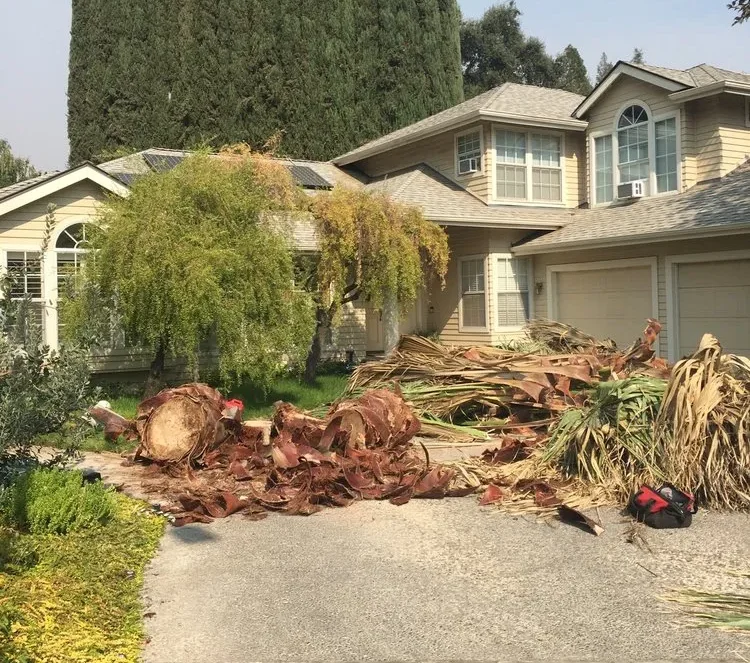
Tree Selection Tips For Homeowners
Selecting the best trees for your landscape goes well beyond choosing whatever is greenest or prettiest. The best decision is one that considers beauty that intersects with practical long-term health and maintenance.
Balance Aesthetics And Health
You want to avoid species that will inevitably lose their beauty to standard diseases. Native trees, like oaks and maples, are usually better equipped to handle their surroundings, so they need less maintenance.
Native tree,s such as the eastern redb,ud brighten the landscape with profuse spring flowers, while disease-resistant cultiv, ars such as the American holly contribute winter interest and year-round greenery. Features like color, foliage texture, and seasonal interest should be considered along with the tree’s resilience to pests and fungi.
Examples of beautiful yet resilient options include:
- Eastern red cedar (evergreen)
- Sugar maple (deciduous)
- Serviceberry (ornamental fruit)
Evaluate Growth Rate
Although sometimes overlooked, tree growth rate plays a big role in landscaping decisions. Fast-growing species such as silver maples or hybrid poplars will grow quickly and provide shade right away but are a much higher maintenance choice.
Slow-growers like our native white oaks provide long-term strength, durability, and beauty with less maintenance.
Growth rates for popular species:
- Fast-growing: 25+ inches/year (e.g., Leyland cypress)
- Moderate: 13–24 inches/year (e.g., red oak)
- Slow-growing: 12 inches/year or less (e.g., ginkgo)
Consider Mature Size And Form
Getting a tree that’s too big in the long run is a common mistake. Columnar trees such as arborvitae work best in narrow spaces, and trees with spreading canopies, such as sycamores, offer more shade.
Examples by mature form:
- Oval: Red maple
- Pyramidal: Douglas fir
- Weeping: Japanese cherry
Assess Maintenance Needs
Common sense, human aesthetics, species selection, and maintenance all differ greatly. Low-maintenance choices, such as pines and spruces, are more drought-resistant and need little pruning, saving time and cost over the years.
Low-maintenance trees include:
- Eastern white pine
- Colorado blue spruce
Managing Diseased Trees
In short, the successful management of diseased trees starts with regular care, consistent inspection, and swift removal. Too many trees suffer from neglected health challenges, which, if tackled early, promise long life and fewer intensive treatments. Below, we highlight essential steps to take when managing diseased trees.
Identifying The Problem Early
Ongoing vigilance is the key to catching nature’s ugly surprises in their infancy. Watch out for early leaf yellowing or browning, wilting, abnormal leaf or stem growths, bark sloughing, and more.
For example, leaves that are discolored, oozing sap, or exhibiting the presence of fungus around the base typically signal deeper problems. With early detection, trees can be treated with less invasive methods, ensuring a quicker recovery for the trees.
Common Signs of Tree Problems:
- Yellowing or browning leaves out of season
- Cracks or splits in the bark
- Fungal growth, like mushrooms, near the roots
- Dead branches or sparse foliage
Regular checks every month or so can prevent damage from getting out of hand.
Consulting With Arborists
This is where the knowledge of certified arborists comes into play, diagnosing and treating tree diseases. Through complicated calculations, they look beneath the surface layer, picking up on issues hidden from our untrained eyes.
Arborists advise on landscape-specific solutions, customized according to tree species and site conditions.
Questions to Ask an Arborist:
- What is causing the issue?
- What treatment options are available?
- How will the treatment impact nearby plants?
- What preventive care do you recommend?
Treatment Options Available
Treatment depends on the disease but often includes measures like removing affected limbs, using organic treatments, or healing the soil through practices like adding compost.
Improved defenses via fertilization, pest control, and repeated follow-ups make the mitigation durable.
Common Treatment Options:
- Organic sprays or fungicides
- Soil amendments with compost
- Targeted pruning to remove infections
When To Consider Removal
At times, removal makes sense to prevent safety hazards or the spread of a disease. If a tree is dead or leaning, has a hollow trunk, or has other extensive decay, removal is likely the best option.
Factors to Consider Before Removal:
- Proximity to buildings or powerlines
- Overall tree stability
- Cost of ongoing treatments
Advancements In Tree Breeding
Advancements in tree breeding have revolutionized how we landscape, and how we forest. They are essential partners in breeding trees to withstand the diseases decimating our urban and natural forests. By focusing on genetic improvements, researchers are creating trees that not only thrive in varied environments but also withstand common diseases.
Developing Disease-Resistant Cultivars
Disease-resistant cultivars are bred to withstand pathogens without his detrimental or even fatal effects on growth and vitality. Attributes including resilient root systems, the development of thicker bark, and a better response to disease have all made these lines of trees very successful.
Ongoing research makes sure these trees are adapting and staying one step ahead of the evolving threats. For example, elm trees resistant to Dutch elm disease are now widely available, offering a sustainable solution to a decades-long problem.
New cultivars can help our landscapes thrive by lessening reliance on dangerous chemicals and adding to biodiversity. For instance, you can select the Liberty apple tree, which is among the most effective trees against apple scab.
Or take the Princeton American elm, bred explicitly to resist Dutch elm disease. Other examples include the Accolade cherry tree.
Genetic Diversity Benefits
An increase in genetic diversity will help solidify tree populations, by making them less susceptible to massive outbreaks. One species can fall to disease quickly if all of those trees are identical genetically.
Planting in diverse patterns slows any potential disease spread and helps increase the overall stability of the ecosystem. Approaches such as increasing species diversity and using trees from different genetic sources help ensure our urban forests will be more resilient.
Benefits include:
- Reduced dependency on pesticides
- Increased adaptability to climate changes
- Improved overall ecosystem health
Future Of Tree Health
Innovations like artificial intelligence-powered monitoring systems assist in identifying early indicators of disease. Community initiatives, such as tree planting programs, encourage shared stewardship of urban forestry.
Challenges are finding the balance of innovation vs affordable technology. Opportunities harnessing technology toward a more proactive standard of care.
Conclusion
Allow yourself time to consider and select the best trees for your home. We promise you this effort will be worth the time in the long run! Choosing disease-resistant cultivars, knowing the conditions in your area, and providing your trees with the care they need go a long way. Healthy trees not only look great but also increase your home’s value and create a better outdoor space for you and your family.
Frequently Asked Questions
1. What Makes A Tree Susceptible To Diseases?
Poor genetics, environmental stress, or lack of proper care leads to trees falling victim to diseases. Overcrowding, bad soil, low light can all stress trees, leaving them open to pests and pathogens.
2. Which Tree Species Are Most Prone To Diseases?
American elms, ash trees, and stone fruit trees (such as apples and peaches) are very vulnerable. They are often afflicted by Dutch elm disease, emerald ash borer invasion, or other fungal pathogen infections.
3. How Can I Choose Disease-Resistant Trees For My Yard?
Choose native tree species or crossed hybrids improved for disease resistance. Crabapple, tulip poplar, or many of the oaks are safe choices. Talk to local arborists or nurseries about which trees will work best for your specific region.
4. What Steps Should I Take Before Planting Trees?
Perform a site inventory and analysis. Analyze soil quality, drainage, and sunlight exposure. Clear the site of debris and plant thoughtfully, leaving adequate space for the tree’s canopy and roots to reduce stress and help it thrive.
5. How Can I Care For Trees To Prevent Diseases?
Take care of your tree with consistent tree care, including watering, mulching, and pruning. Don’t over-fertilize, and keep a lookout for infected or infested trees so you can treat them as soon as possible. Proper care boosts trees’ natural defenses against disease.
6. What Should I Do If My Tree Is Diseased?
Contact a certified arborist for an assessment. Minor infections can be treated with pruning or fungicides. Severe cases may require tree removal to prevent spreading.
7. Are There Advancements In Tree Breeding For Disease Resistance?
Yes, intentional, modern breeding techniques have produced major gains in disease resistance for lots of species. For example, now thriving in communities are blight-resistant chestnuts and hybrid elms, both diverse alternatives to the once-widespread trees.
Protect Your Landscape With JC Tree Service’s Expert Tree Disease Solutions
If tree disease is threatening the health and beauty of your property, JC Tree Service is here to help. Whether you’ve noticed discolored leaves, brittle branches, or unusual growths, our expert team can diagnose and treat a variety of tree diseases. From targeted treatments to full tree removal when necessary, we provide comprehensive tree care solutions in Brentwood, Antioch, and surrounding areas.
Tree disease can spread quickly, weakening your trees and posing risks to your landscape. Early intervention is key to preventing further damage. At JC Tree Service, we tailor our treatments to the specific needs of your trees, helping to restore their health and vitality. Our expert care not only preserves the natural beauty of your property but also prevents potential hazards like falling limbs and decay-related structural issues.
Don’t let tree disease compromise the safety and aesthetics of your outdoor space. Contact JC Tree Service today for professional diagnosis and treatment. We offer a free, no-obligation quote to help you get started. Let us protect and preserve the trees that make your landscape thrive!
Disclaimer
The materials available on this website are for informational and entertainment purposes only and not to provide legal or professional advice. You should contact your attorney or home improvement specialist to obtain advice concerning any particular issue or problem. You should not act or refrain from acting based on any content included in this site without seeking legal or other professional advice. The information presented on this website may not reflect the most current home improvement developments. No action should be taken in reliance on the information on this website. We disclaim all liability concerning actions taken or not taken based on any or all of the contents of this site to the fullest extent permitted by law.
